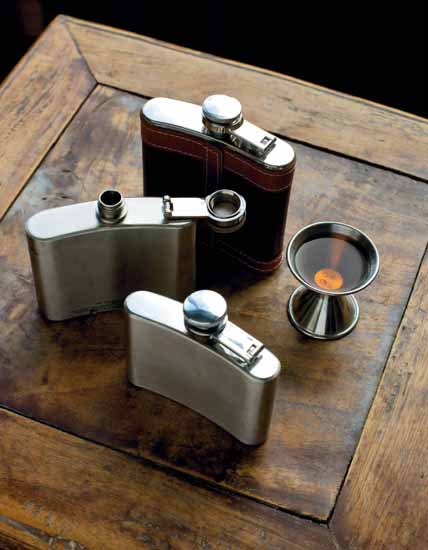
WHENEVER POSSIBLE IN THE RECIPES THAT FOLLOW, I’VE AVOIDED CALLING FOR SPECIFIC BRANDS. I WANT THIS BOOK TO BE APPROACHABLE AND FOR THE DRINKS TO BE MADE AND ENJOYED BY READERS. SO WITH THAT IN MIND, THE RECIPES TEND TO IDENTIFY INGREDIENTS BY GENERAL STYLE.
A cocktail recipe might call for “gin” or “IPA,” but the brand to use is up to you. For many spirit and beer styles, there are so many good examples on the market that for me to call any out for particular use would be completely arbitrary.
That doesn’t mean one should just reach for the cheap stuff. Better ingredients do make a better cocktail. But there’s no need to go overboard with expensive ingredients or stress out about picking exactly the right bourbon or lager to put into a drink. Choose something good and moderately priced; if there’s a brand you particularly like to drink on its own, it will probably do nicely in a cocktail too.
Information on some of the more esoteric ingredients is given in the individual drink descriptions. When a cocktail’s creator prefers one brand, that’s included too.
The one big exception to all of this is the chapter on hot drinks. For these, you really do have to try to get as close as possible to the old, malty style of English ales that were available at the time of these drinks’ original popularity. Contemporary American takes on malty ales, even ones that are nominally English in style, often tend to balance the maltiness with healthy doses of hops. These taste great cold, but when served hot, that hoppy bitterness can throw a drink out of balance. See the introduction to that chapter (this page) for more information on choosing the right ale for warm drinks.